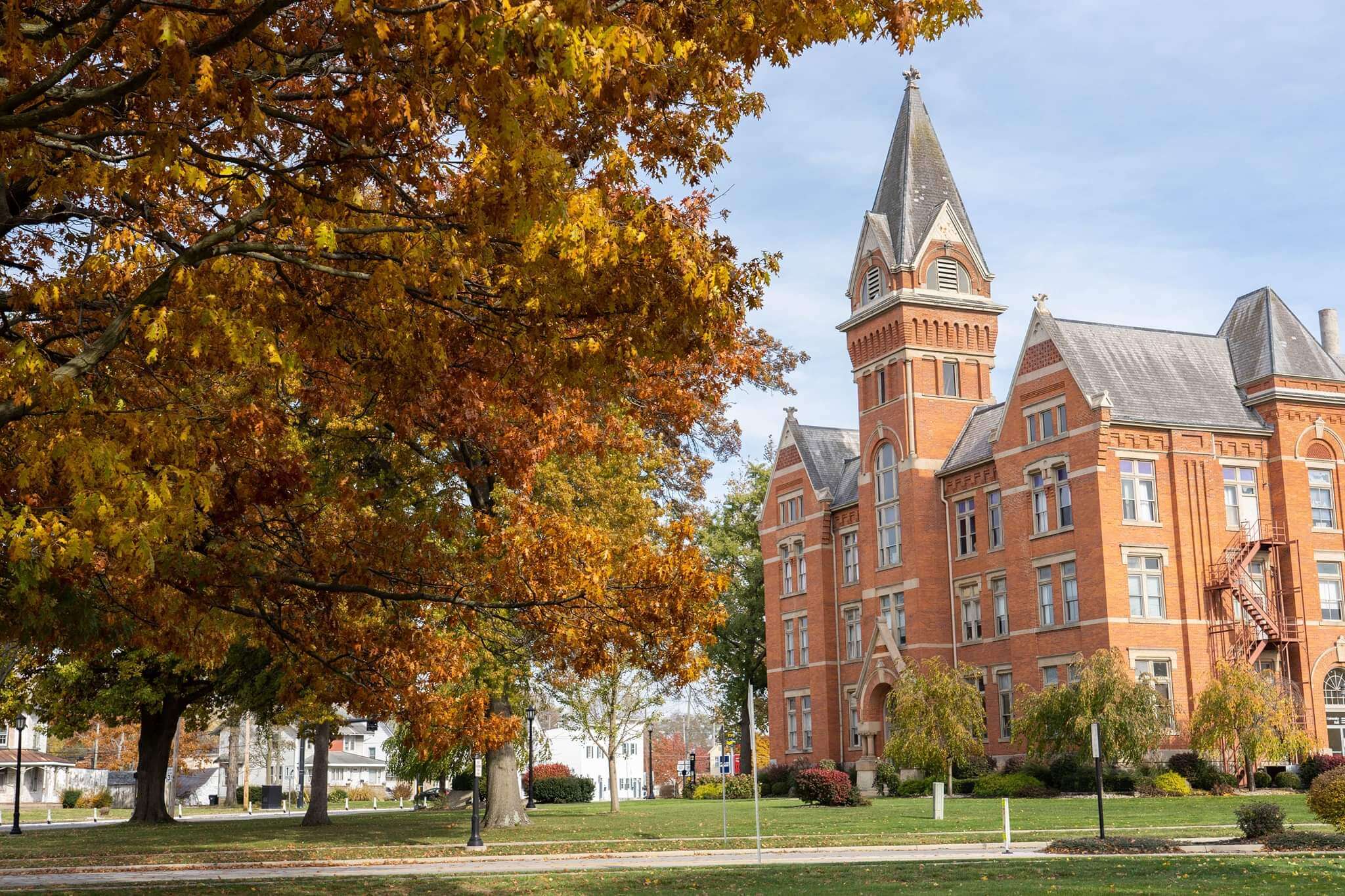The Bachelor’s degree programme in Spanish 25% encompasses the following areas:
Literary studies:
literary history of Spain from the Middle Ages to the present day (genres, movements)
literary history of Latin America from the colonial period to the present day (genres, movements)
theories and methodologies in literary studies
interaction between national literatures
interaction between literature and other cultural systems (e.g. philosophy, theology, film, music)
situating literature within society and culture
Linguistics:
The content of courses in Spanish linguistics focusses primarily on the following areas:
development, history and spread of the Spanish language in Europe and Latin America
analysis of the Spanish language system (vocabulary, word formation, grammar, phonetics, dimensions of meaning)
investigation of the Spanish language via speech, text and discourse analysis
linguistic theories and methods
linguistic variation and varieties of Spanish
Cultural studies:
analysis of cultural phenomena in the Spanish and Hispanic world; from artistic expression (e.g. film) to popular culture (e.g. fashion), both in the past and in the present day
analysis of public discourse and its presentation in the media
analysis of the relationships between culture and power (e.g cultural heritage, mass media)
theories and methods of cultural analysis (e.g. performance, construction of space) and comparative cultural analysis (e.g. intercultural and transcultural approaches)
interdisciplinary and transdisciplinary approaches
decolonisation theories
Language practice:
Spanish language courses are designed to enable students to
speak and write correctly and fluently
understand complex contemporary texts (novels, newspapers, academic texts etc.),
films, radio and television programmes, song lyrics etc.
reflect on and discuss, both orally and in writing, aspects of the Spanish-speaking world, literary works and
linguistic phenomena.
master and make accurate and differentiated use of grammatical structures,
in particular in the area of Spanish syntax
recognise and distinguish between different registers (formal, informal, official
Spanish)
translate texts of all types into Spanish (i.e. literary, academic, journalistic texts)
Show less 